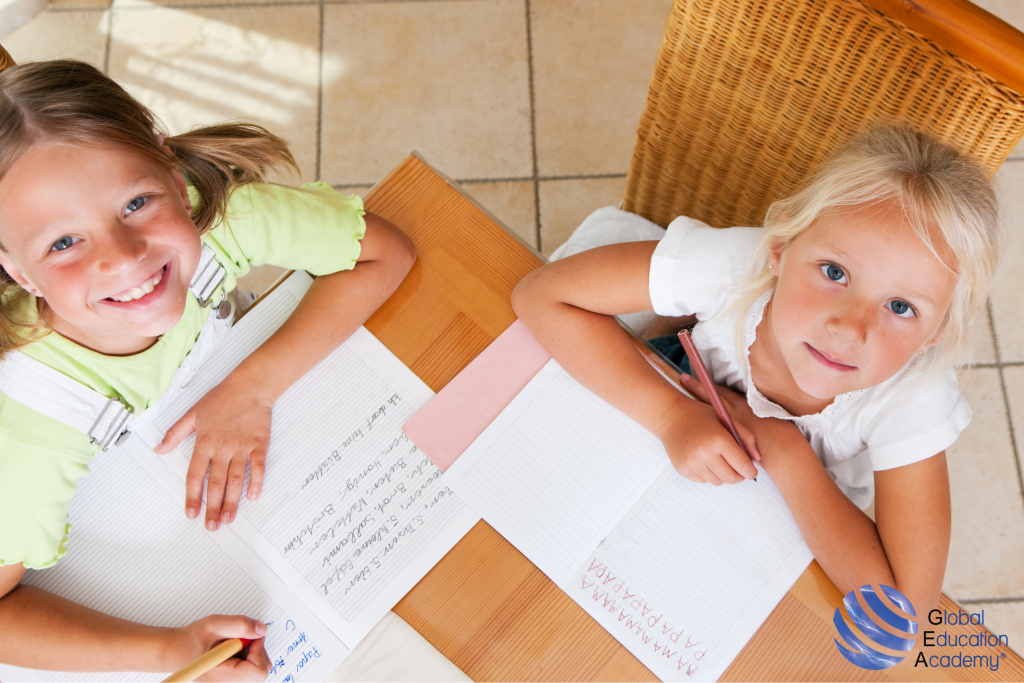
Three months into another lockdown in NSW with endless days of home-schooling – it’s safe to say most parents (and children) are looking forward to the end.
We’ve been through this before with several lockdown periods over the last 1.5 years, but it doesn’t make it any easier. And fellow students and parents across the world have lived this shared experience.
According to UNESCO, by April 2020 over 1.5 billion students or 87% of the world’s student population across 165 countries were affected by school closures caused by COVID-19.
Though schools are closed, learning does not stop – thanks to technology enabled online learning. Within weeks of the first lockdown announcement, schools had to pivot and find new ways of teaching with the traditional classroom-based model no longer an option.
It’s been quite a journey, with drastic changes made to teaching methods, but it looks as though there is now light at the end of the tunnel. In NSW, the Department of Education has released a roadmap to return to face-to-face learning from October 2021 in a staged approach with COVID-safe measures in place. This means that over the coming months, classroom learning will re-commence and students will return to a normal learning environment. At least, some semblance of normal.
The promise of classroom-based learning does not necessarily mean education will look like it did before the COVID-19 pandemic. Changes made in response to the pandemic will likely have lasting effects on the education system.
In less than 2 years, school education has experienced a major transformation. COVID-19 has changed life as we know it and forced the education system to use technology at a greater capacity for teaching and learning.
Though caused by unfortunate circumstances, it’s been an opportunity to rethink how we educate here in Australia and across the world.
It is said that online learning has helped students engage better and gain more control over their learning. For some students, this mode of learning has eased their social and learning anxiety, giving them options on how and when they engage yet remain involved in the learning process. Plus, students who are absent due to sickness or suspension have access to learning materials and class recordings; helping prevent learning gaps. Teachers also express that combining traditional classroom and online teaching has boosted parental engagement and improved their students’ computer skills.
It’s clear online learning produces multiple benefits, but the question is whether this is a temporary or permanent shift in learning. What does the future of education look like post-pandemic?
Following in the steps of the real world, we expect a digitally enhanced approach to learning in the future. We will likely see a growing role of technology in education as students entering the education system today will need to work in a digital-first world that requires certain skills and ways of thinking.

As a parent, there are a few things you can do today to help your child prepare for the new normal, so they continue to thrive in their learning journey. You can start by:
As always, we’re here to support you during and after lockdown. To get your child started on their journey to independent learning, why not enrol them in one of our summer holiday courses for Kindy & Year 1 or Year 2 & 3? Our courses are designed to empower your child to feel confident and fill any learning gaps from lockdown.
If you have any questions about Global Education Academy courses or how we can support you, call us today on 1300 001 432.







